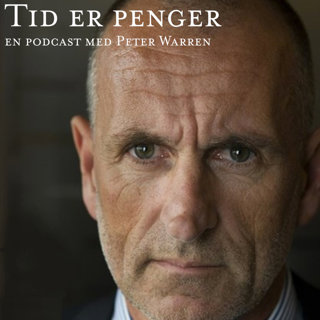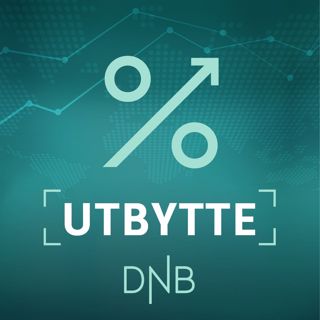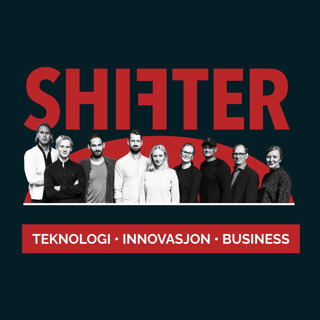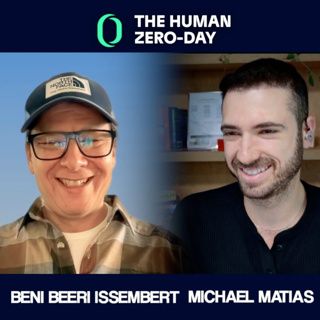
The Human Zero Day Series | Ep1158: Beni Beeri Issembert: Who Am I in AI?
Beni Beeri Issembert’s journey from aspiring philosopher to Head of AI Research and Ethics at Metaphysic is anything but linear. With a deep reverence for Nietzsche and an early curiosity about ethics in technology—long before it became a buzzword—Beni brings a rare perspective to synthetic media and AI. In this thought-provoking conversation, he explores how deepfakes challenge our sense of truth, what it means to have an identity in a world of synthetic realities, and why human discernment remains our most powerful tool. As AI continues to blur the lines between real and fake, Beni offers a hopeful yet grounded view on how we might navigate the future—with integrity, curiosity, and resilience.
7 Aug 22min
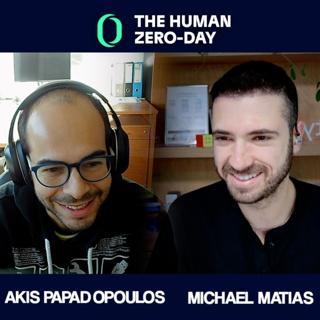
The Human Zero Day Series | Ep1157: Akis Papadopoulos: Verifying What’s Real
Years before deepfakes hit the mainstream, Akis Papadopoulos was already sounding the alarm. From early GAN breakthroughs to today’s ultra-realistic, low-res media threats, he’s led research at the intersection of AI, media forensics, and public trust. In this episode, he explores why detection alone isn’t enough—and how explainability, user experience, and civic responsibility must shape our response to synthetic media.
5 Aug 22min
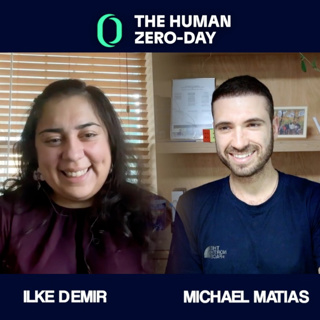
The Human Zero Day Series | Ep1156: Ilke Demir: Detecting Deepfakes by Heart
Ilke Demir’s journey from computational geometry to combating deepfakes began with a question: what makes something truly human? At Intel’s Trusted Media team, she developed FakeCatcher, a tool that detects deepfakes using biological signals like heart rate. In this episode, she unpacks the technical, ethical, and social layers of media trust, explaining why provenance and human perception matter as much as detection. Her insights reveal how defending truth in the AI age isn’t just about better algorithms—it’s about understanding people.
3 Aug 24min
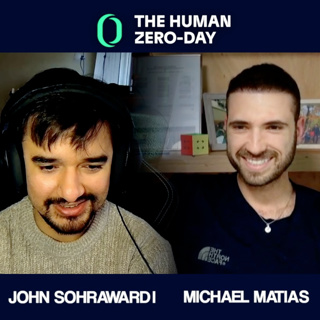
The Human Zero Day Series | Ep1155: John Sohrawardi: Bridging AI and Humans in Deepfake Detection
John shares his journey into deepfake detection, exploring the challenge of making AI explainable and trustworthy for users like journalists and law enforcement. He dives into the complexities of interpreting AI results, the limits of current tools, and why human insight remains vital. His work bridges cutting-edge technology with real-world understanding to help navigate evolving digital threats thoughtfully and responsibly.
30 Jul 30min
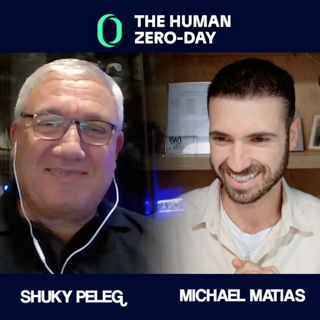
The Human Zero Day Series | Ep1154: Shuky Peleg: Beyond the Last Defense
Shuky Peleg reflects on decades in cybersecurity, from mainframes to AI-driven threats. He explains why employees shouldn’t be the last defense line and explores evolving social engineering tactics. Shuky highlights the growing role of automation, risk scoring, and the need for continuous vigilance in a rapidly changing threat landscape.
28 Jul 21min
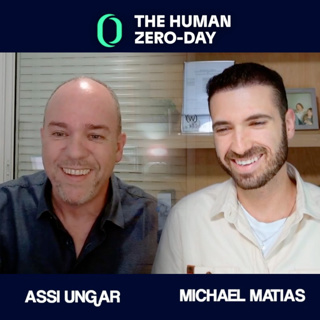
The Human Zero Day Series | Ep1153: Assi Ungar: Secure Humans, Not Systems
Assi Ungar shares how a career that began with WordPerfect support evolved into leading global cybersecurity at scale. He reflects on why trusting nothing is now a safety measure, why process beats panic, and how empathy—not fear—is the CISO’s strongest tool. He also explores AI’s double-edged role in modern security and why protecting personal spaces is now just as vital as enterprise systems.
26 Jul 35min
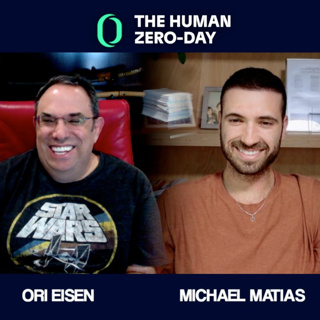
The Human Zero Day Series | Ep1152: Ori Eisen: Identity‑First Defense
Fraud‑investigator‑turned‑entrepreneur Ori Eisen revives the 1990s “nobody knows you’re a dog” cartoon to show how today’s Gen‑AI deepfakes make that joke a board‑level risk. Tracing his path from inventing device‑fingerprinting to launching insured, passwordless logins, he argues identity—not credentials—is the internet’s final perimeter, urging enterprises to gauge every transaction by human‑level risk, from library cards to dam controls.
24 Jul 1h 2min
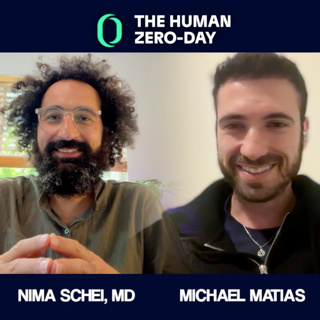
The Human Zero Day Series | Ep1151: Dr. Nima Schei: Bio‑Inspired AI Trust
MD‑turned‑neuroscientist Nima Schei shares how modeling the brain’s limbic system led him from crab‑neuron labs to Guacamole ID—lightweight, continuous desktop authentication—while devising guardrails against deepfakes and MFA fatigue. His bio‑inspired algorithms suggest emotional intelligence in machines can raise trust, cut compute, and free teams in fast‑moving enterprises.
19 Jul 39min












